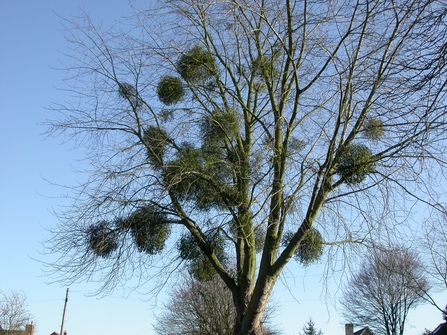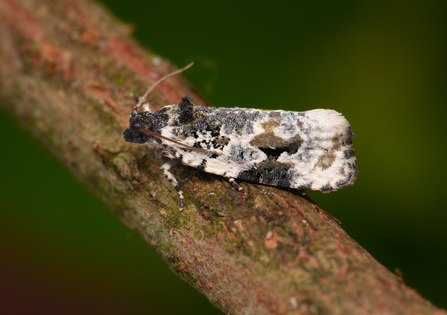Mistletoe is quite a common sight in Worcestershire but, cloaked in myths and folklore, what do we really know about it?
Let's start with the folklore. It's likely to be connected to a fertility custom or marriage ritual but the origins of why we kiss under mistletoe are lost in the mists of time. Druids believed it was sacred because it didn't grow from the ground. Women slept with it under their pillows in the hope of dreams of a future husband. The plant has played a part in myths for millenia - there are Greek, Roman, Norse and Saxon myths about mistletoe.
Whatever roots it has in our culture, it has its own natural stories to tell.
Contrary to popular belief, this berried plant isn't completely parasitic. It contains chlorophyll and this allows it, through the process of photosynthesis, to manufacture sugars from carbon dioxide and water. It does, however, steal water and minerals from the host tree but it doesn't appear to damage the tree. You'll probably have seen it most often in apple trees in Worcestershire's traditional orchards but it's been recorded in almost 30 tree species across the county.



